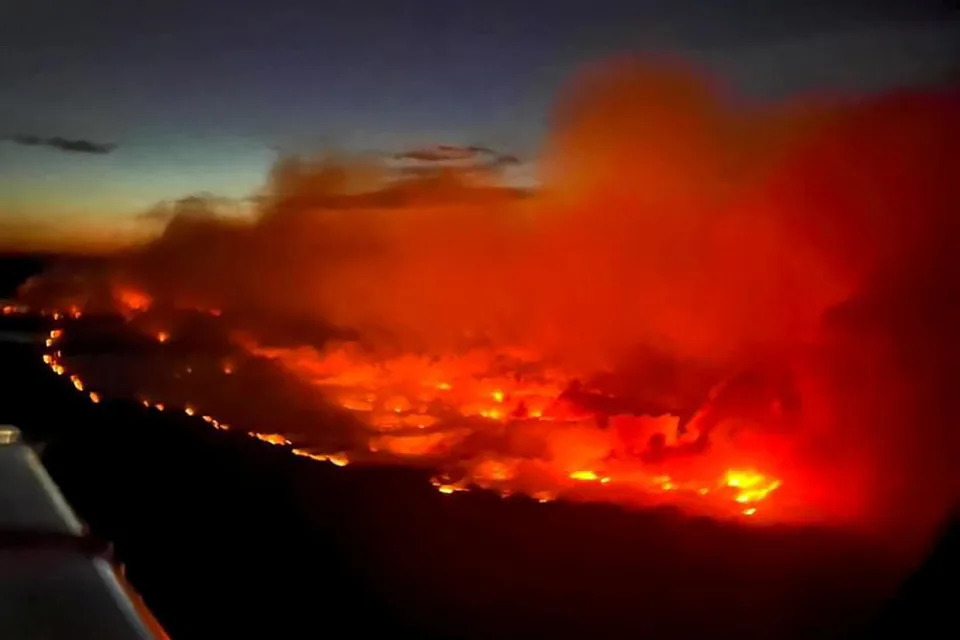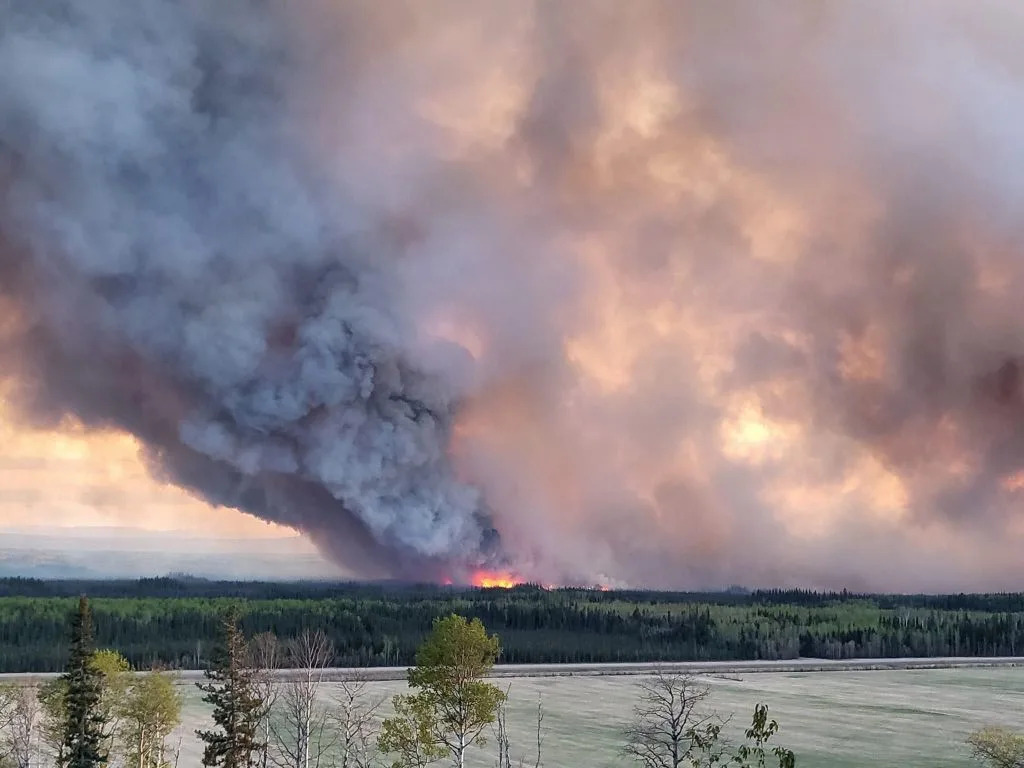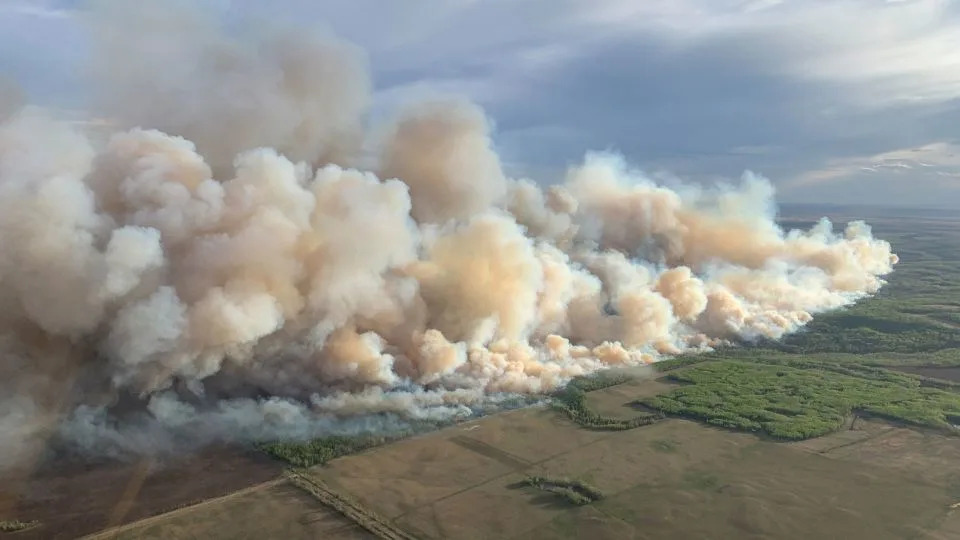Global life expectancy to increase by nearly 5 years by 2050 despite geopolitical, metabolic, and environmental threats, reports new global study
Global Burden of Disease
The latest findings from the Global Burden of Disease Study (GBD) 2021, published today in The Lancet, forecast that global life expectancy will increase by 4.9 years in males and 4.2 years in females between 2022 and 2050.
Increases are expected to be largest in countries where life expectancy is lower, contributing to a convergence of increased life expectancy across geographies. The trend is largely driven by public health measures that have prevented and improved survival rates from cardiovascular diseases, COVID-19, and a range of communicable, maternal, neonatal, and nutritional diseases (CMNNs).
This study indicates that the ongoing shift in disease burden to non-communicable diseases (NCDs) – like cardiovascular diseases, cancer, chronic obstructive pulmonary disease, and diabetes – and exposure to NCD-associated risk factors – such as obesity, high blood pressure, non-optimal diet, and smoking – will have the greatest impact on disease burden of the next generation.
As the disease burden continues to shift from CMNNs to NCDs and from years of life lost (YLLs) to years lived with disability (YLDs), more people are expected to live longer, but with more years spent in poor health. Global life expectancy is forecasted to increase from 73.6 years of age in 2022 to 78.1 years of age in 2050 (a 4.5-year increase). Global healthy life expectancy (HALE) – the average number of years a person can expect to live in good health – will increase from 64.8 years in 2022 to 67.4 years in 2050 (a 2.6-year increase).
To come to these conclusions, the study forecasts cause-specific mortality; YLLs; YLDs; disability-adjusted life years (DALYs, or lost years of healthy life due to poor health and early death); life expectancy; and HALE from 2022 through 2050 for 204 countries and territories.
“In addition to an increase in life expectancy overall, we have found that the disparity in life expectancy across geographies will lessen,” said Dr. Chris Murray, Chair of Health Metrics Sciences at the University of Washington and Director of the Institute for Health Metrics and Evaluation (IHME). “This is an indicator that while health inequalities between the highest- and lowest-income regions will remain, the gaps are shrinking, with the biggest increases anticipated in sub-Saharan Africa.”
Dr. Murray added that the biggest opportunity to speed up reductions in the global disease burden is through policy interventions aimed to prevent and mitigate behavioral and metabolic risk factors.
These findings build upon the results of the GBD 2021 risk factors study, also released today in The Lancet. This accompanying study found that the total number of years lost due to poor health and early death (measured in DALYs) attributable to metabolic risk factors has increased by 50% since 2000. Read more on the risk factors report at https://bit.ly/GBDRisks2021.
The study also puts forth various alternative scenarios to compare the potential health outcomes if different public health interventions could eliminate exposure to several key risk factor groups by 2050.
“We forecast large differences in global DALY burden between different alternative scenarios to see what is the most impactful on our overall life expectancy data and DALY forecasts,” said Dr. Stein Emil Vollset, first author of the study who leads the GBD Collaborating Unit at the Norwegian Institute of Public Health. “Globally, the forecasted effects are strongest for the ‘Improved Behavioral and Metabolic Risks’ scenario, with a 13.3% reduction in disease burden (number of DALYs) in 2050 compared with the ‘Reference’ (most likely) scenario.”
The authors also ran two more scenarios: one focused on safer environments and another on improved childhood nutrition and vaccination.
“Though the largest effects in global DALY burden were seen from the 'Improved Behavioral and Metabolic Risk’ scenario, we also forecasted reductions in disease burden from the ‘Safer Environment’ and ‘Improved Childhood Nutrition and Vaccination’ scenarios beyond our reference forecast, said Amanda E. Smith, Assistant Director of Forecasting at IHME. “This demonstrates the need for continued progress and resources in these areas and the potential to accelerate progress through 2050.”
“There is immense opportunity ahead for us to influence the future of global health by getting ahead of these rising metabolic and dietary risk factors, particularly those related to behavioral and lifestyle factors like high blood sugar, high body mass index, and high blood pressure,” continued Dr. Murray.
Notes to editors
For interview requests, journalists may contact ihmemedia@uw.edu. For full study results, including the paper and related tables, finalized PDFs are available at https://bit.ly/GBD2021Forecast, embargoed until 23:30 UK, 6:30 p.m. EDT on May 16, 2024. The post-embargo link for the paper is https://www.thelancet.com/journals/lancet/article/PIIS0140-6736(24)00685-8/fulltext. An infographic summarizing the study’s findings can be found at https://bit.ly/4byxttL. Data tables containing estimates from the study are available at https://ghdx.healthdata.org/record/ihme-data/global-life-expectancy-all-cause-mortality-and-cause-specific-mortality-forecasts-2022-2050.
About the Institute for Health Metrics and Evaluation
The Institute for Health Metrics and Evaluation (IHME) is an independent research organization at the University of Washington (UW). Its mission is to deliver to the world timely, relevant, and scientifically valid evidence to improve health policy and practice. IHME carries out its mission through a range of projects within different research areas including the Global Burden of Diseases (GBD), Injuries, and Risk Factors; Future Health Scenarios; Cost Effectiveness and Efficiency; Resource Tracking; and Impact Evaluations.
IHME is committed to providing the evidence base necessary to help solve the world’s most important health problems. This requires creativity and innovation, which are cultivated by an inclusive, diverse, and equitable environment that respects and appreciates differences, embraces collaboration, and invites the voices of all IHME team members.
About the Global Burden of Disease Study
The Global Burden of Disease Study (GBD) is the largest and most comprehensive effort to quantify health loss across places and over time. It draws on the work of more than 11,000 collaborators across more than 160 countries and territories. GBD 2021 – the newly published most recent round of GBD results – includes more than 607 billion estimates of 371 diseases and injuries and 88 risk factors in 204 countries and territories. The Institute for Health Metrics and Evaluation coordinates the study.
JOURNAL
The Lancet
ARTICLE PUBLICATION DATE
16-May-2024









